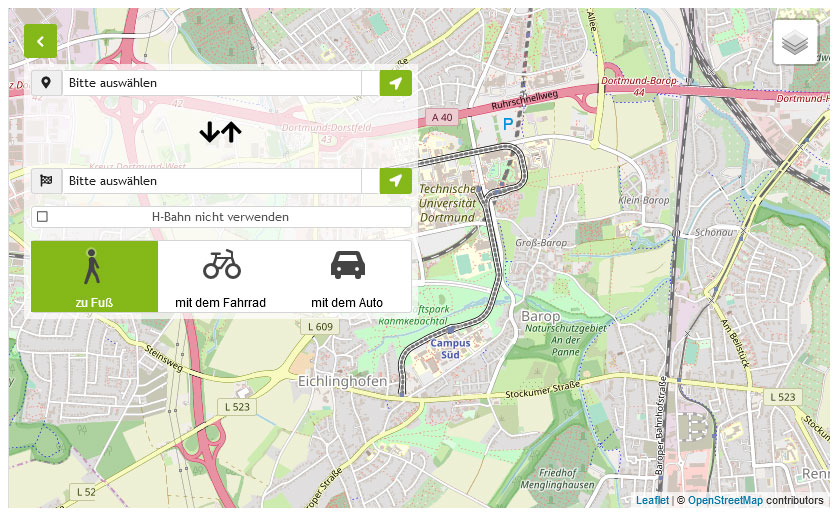P6: ConcExp-Param
Analysis and comparison of time-concentration-response curves
In project P8 (Analysis and comparison of time-concentration-response curves), we develop statistical methods for analysing and comparing time-concentration-response curves.
When analysing toxicological data, particularly gene expression data, model-based approaches have turned out to be very effective, see, e.g., Kappenberg et al. (2023a) for an overview. Such models can help overcoming the issues of limited measurements and reduce the need of combining several individual tests by pooling the available data into one regression model, allowing for the extrapolation of responses for concentrations that were not observed in the experiment. So far, these models have mainly been used for analysing concentration-response relationships.
However, in specific scenarios, it is not only relevant to study a concentration-dependent effect but also to consider the influence of the incubation period. In these scenarios, current methods allow to model either a time-response or a concentration-response relationship. However, integrated models considering both concentration and time simultaneously are required. The advantage of such integrated models is that predictions of the response for each possible combination of time point and concentration, including in particular those that were not conducted in the experiment, become possible.
In the first phase of the RTG, in project P2 such models have been developed, where 2pLL concentration-response models are extended by including the time as a variable, see Duda et al. (2022a). Further, in project P5, optimal designs for time-concentration-response models have been examined, which are required at the planning stage of an experiment.
Building up on this, in this project we will consider the analysis of the experimental data by utilising time-dose response models in various ways. We consider different approaches to build such a model, based on extending several frequently used concentration-response models by including time as a variable. We investigate the impact of exposure duration on several target concentrations. For example, the EC50, i.e. the concentration where 50% of the response is expected, is derived as a function of time EC50(t). Moreover, in project P7, in the first phase we developed a new approach for identifying the lowest effective concentration (LEC), i.e. a concentration that causes a response significantly exceeding a critical level, see Möllenhoff et al. (2023). Based on this, we will derive methodology for identifying such a concentration depending on the exposure time, yielding a function LEC(t).
Next, we will examine the question of similarity of genes or treatments taking the exposure time into account. For concentration-response curves, a powerful approach addressing this question has been proposed by Dette et al. (2018). Here, incorporating the exposure time results in a two-dimensional test problem. Therefore, we will derive appropriate hypothesis tests considering different test statistics deduced from the time-concentration-response curves previously fitted to the data. This will finally allow us to detect similar genes or treatment groups, also considering the time course.
Our methods will be validated by intensive simulation studies, varying the true underlying time-concentration-relationship, concentration levels, exposure times, and sample sizes. Finally, all derived methods will be applied to real data provided by the IfADo.
References
- Kappenberg F, Duda JC, Schürmeyer L, Gül O, Brecklinghaus T, Hengstler JG, Schorning K, Rahnenführer J (2023a). Guidance for statistical design and analysis of toxicological dose-response experiments, based on a comprehensive literature review. Archives of Toxicology, 97(10), 2741-2761. doi: 10.1007/s00204-023-03561-w
- Duda J, Hengstler JG, Rahnenführer J (2022). td2pLL: An intuitive time-dose-response model for cytotoxicity data with varying exposure durations. Computational Toxicology, 23, 100234. doi: 10.1016/j.comtox.2022.100234
- Möllenhoff K, Schorning K, Kappenberg F (2023). Identifying alert concentrations using a model-based bootstrap approach. Biometrics, 79(3), 2076-2088. doi: 10.1111/biom.13799
- Dette H, Möllenhoff K, Volgushev S, Bretz F (2018). Equivalence of regression curves. Journal of the American Statistical Association, 113: 711-729. doi: 10.1080/01621459.2017.1281813


